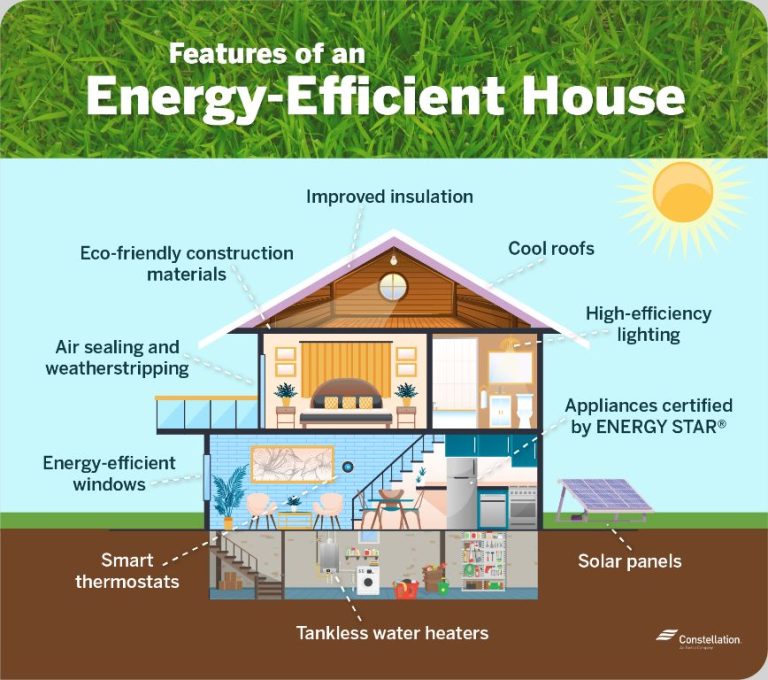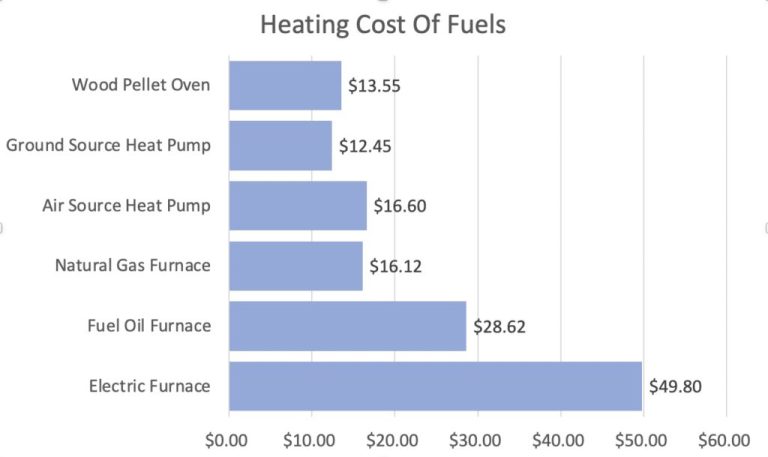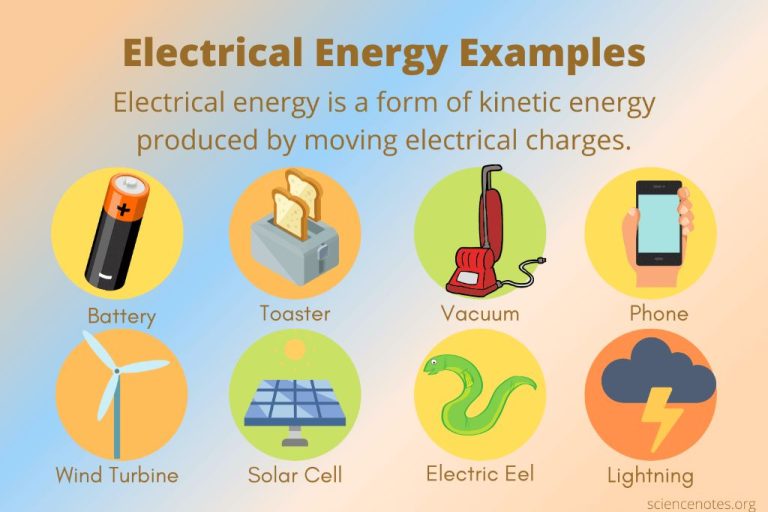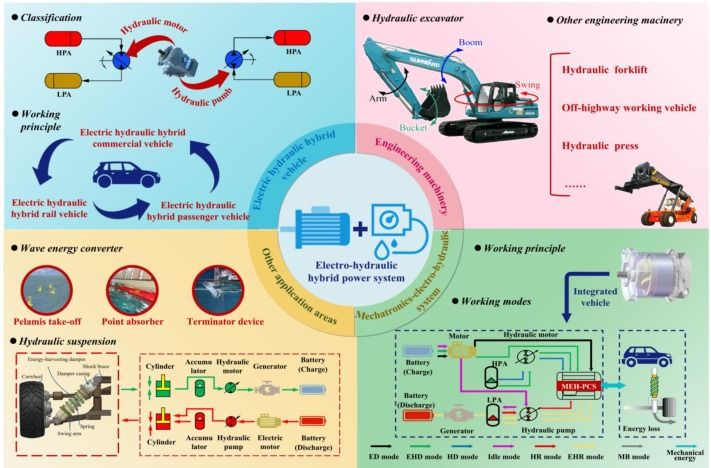What Correctly Describes Energy?
Defining Energy
At its core, energy is the ability to do work or produce heat. When something has the capacity to cause motion, light, or heat, it contains energy. Energy can exist in many different forms that may seem very different from one another, such as kinetic energy, thermal energy, chemical energy, radiant energy, nuclear energy, electrical energy, and more. But fundamentally they all refer to the potential to make things happen.
Energy is never created or destroyed – it simply transforms from one form into another. This principle is known as the law of conservation of energy. For example, when you turn on a light bulb, electrical energy gets transformed into radiant energy in the form of light and heat. The total energy before and after remains the same.
Since energy powers everything we do, from biological processes like breathing and digestion to mechanical processes like transportation, it’s an essential concept across the natural sciences and engineering disciplines. Quantifying and controlling energy is key to harnessing it for human purposes.
Forms of Energy
Energy comes in many different forms that can be categorized into two main types: potential energy and kinetic energy. Here are the main forms of energy:
Potential Energy
Potential energy is stored energy that has the potential to do work. Types of potential energy include:
- Gravitational Potential Energy – The energy an object possesses due to its height above the ground.
- Elastic Potential Energy – The energy stored in elastic materials that are stretched or compressed.
- Chemical Potential Energy – The energy stored in the bonds between atoms and molecules that can be released in chemical reactions.
- Nuclear Potential Energy – The energy stored in the nucleus of an atom that can be released in nuclear reactions.
Kinetic Energy
Kinetic energy is energy of motion. Objects have kinetic energy if they are moving. Types of kinetic energy include:
- Mechanical Energy – The total sum of potential and kinetic energy in a mechanical system such as a swinging pendulum.
- Radiant Energy – The energy of electromagnetic radiation including light and heat.
- Thermal Energy – The kinetic energy associated with the random motion of atoms and molecules.
- Electrical Energy – The energy carried by moving electrons in an electric current.
- Sound Energy – The energy associated with the vibration of matter to produce a mechanical wave that travels through matter or space.
In summary, energy comes in a variety of forms that can be categorized as either potential or kinetic. Energy transforms between these different states in natural processes and mechanical systems.
Energy Transformations
Energy can change from one form to another, but it cannot be created or destroyed according to the law of conservation of energy. When energy transforms from one type to another, the total amount of energy in the system remains the same. Some examples of energy transformations include:
– Chemical energy in food transforming into kinetic energy as an animal moves
– Electrical energy in power lines transforming into light and heat energy in a light bulb
– Mechanical energy from paddling a bicycle transforming into heat due to friction
– Solar energy transforming into chemical energy through photosynthesis in plants
– Nuclear energy in a power plant transforming into electrical energy
While the forms change, the total quantity of energy remains constant. Energy transformations happen continuously all around us. This principle helps explain where energy comes from and where it goes. The only way to increase or decrease the total amount of energy in a closed system is to add or remove energy from outside that system.
Measuring Energy
Energy is quantified and measured in a variety of units. The most common units are:
- Joule – The joule (symbol J) is the SI unit for energy. One joule is defined as the amount of work done when a force of one newton moves an object one meter. Joules are commonly used to measure electrical, mechanical, chemical, thermal, nuclear and various other forms of energy.
- Calorie – The calorie (symbol cal) is a non-SI unit defined as the amount of energy needed to raise the temperature of one gram of water by one degree Celsius. A calorie is equivalent to 4.184 joules. Calories are commonly used to quantify nutritional energy content in food.
- Kilowatt-hour – The kilowatt-hour (symbol kWh) is a unit of energy representing one kilowatt of power sustained for one hour. For billing purposes, electric energy consumption is commonly measured and expressed in kilowatt-hours.
These standard units allow us to accurately measure, compare and calculate different types of energy across various applications. Converting between units is also possible using defined conversion factors.
Storing Energy
One major challenge with harnessing energy is how to store it for later use. There are a few common ways that we store energy:
Batteries
Batteries store chemical energy and convert it into electrical energy. They contain one or more electrochemical cells, each with a positive terminal and a negative terminal. When the battery is connected to an external circuit, chemical reactions take place that produce a flow of electrons in the circuit. Batteries come in various types like lead-acid, lithium-ion, and nickel-cadmium. They provide portable stored energy for many devices and vehicles.
Fuel
Fuels like gasoline, diesel, and natural gas contain a tremendous amount of chemical energy that gets converted into kinetic energy and heat when burned. We store billions of gallons of fuel for transportation and heating purposes. The major disadvantage is that burning fuel emits greenhouse gases and air pollutants.
Capacitors
Capacitors store electric charge on conductive plates separated by an insulator. They can quickly charge and discharge for bursts of power. Capacitors are used in electronic devices and for regulating power flow in electric grids. Unlike batteries, they can withstand many charge/discharge cycles.
Flywheels
Flywheels are mechanical devices that consist of a massive rotating cylinder. They store rotational kinetic energy for release when needed. The spinning flywheel resists changes in rotational speed, which helps stabilize power output in machinery and vehicles. They provide backup power storage as an alternative to batteries.
Transferring Energy
Energy can be transferred between objects or systems in several different ways. The main ways that energy is transferred are through work, heat, waves, and electricity.
Work: Work is done when a force causes an object to move in the direction of the force. Energy is transferred in the form of work when the force applied moves something over a distance. For example, energy is transferred when lifting a box onto a shelf or when accelerating a car.
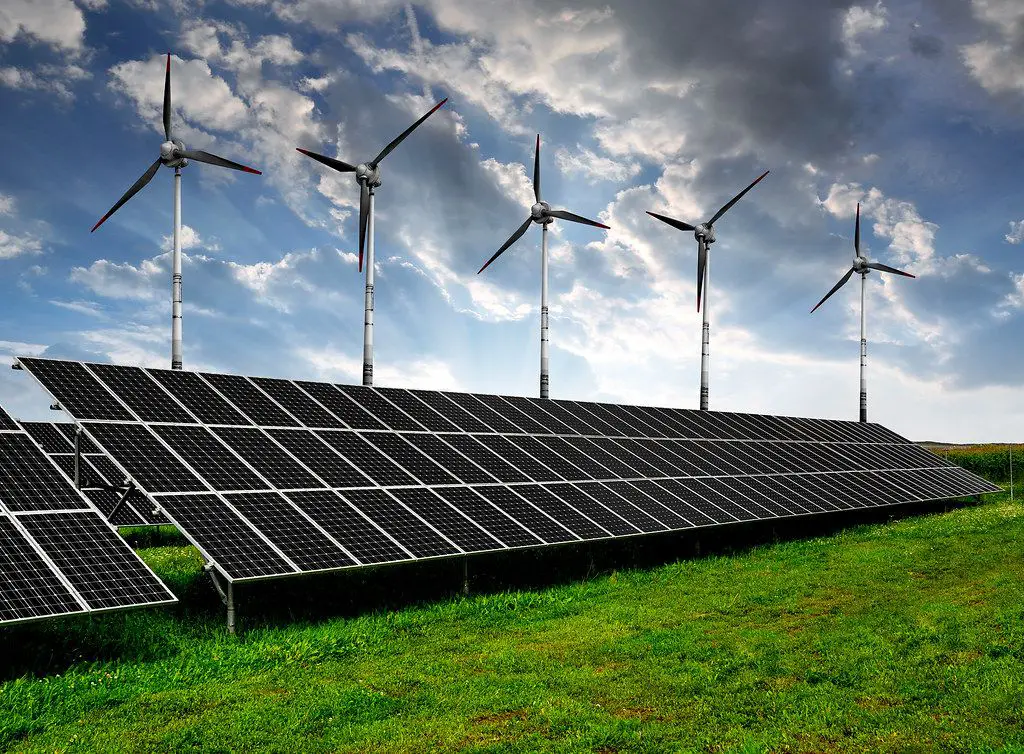
Heat: Heat is the transfer of thermal energy between objects of different temperatures. Thermal energy flows spontaneously from an object at higher temperature to an object at lower temperature. For example, heat energy is transferred from a stove burner to a pot of water, causing the water to boil.
Waves: Energy can be carried from one place to another by electromagnetic waves such as light and radio waves. Energy is transferred from a source that generates waves, like the sun or a radio tower, to an absorbing object like a solar panel or radio receiver.
Electricity: Electrical energy is transferred through the movement of charged particles called electrons. Energy is transferred between the electrons and atoms in a circuit when voltage is applied. This allows energy to be transmitted to devices connected to the circuit.
Energy Sources
Energy comes from a variety of sources, both renewable and nonrenewable. Renewable energy sources can be replenished over time, while nonrenewable sources cannot be replaced once depleted.
Common renewable energy sources include:
- Solar power from the sun
- Wind power
- Hydropower from flowing water
- Geothermal power from heat inside the earth
- Biomass from plants and organic waste
These renewable sources are considered clean energy, producing little to no greenhouse gas emissions. Solar, wind, hydro and geothermal energy harness natural flows of energy from the earth’s systems. Biomass energy comes from organic material and can be renewed through agricultural processes.
Nonrenewable energy sources include:
- Fossil fuels like oil, coal and natural gas
- Nuclear power from uranium
Fossil fuels formed over millions of years so their supply is finite. Nuclear fuel also becomes depleted over time. Nonrenewables produce more emissions and waste than renewable sources.
Most regions use a mix of renewables and nonrenewables to meet energy needs. But as nonrenewable sources dwindle, there is a push to increase renewable energy production and efficiency.
Energy Consumption
Energy consumption refers to the use of energy resources such as electricity, gasoline, natural gas, and other fuels. The four major sectors that consume energy are transportation, electricity, heating, and industry.
The transportation sector consumes the most energy worldwide. This includes energy used for cars, trucks, planes, trains, and ships. Transportation accounts for about 28% of total world energy demand. Most transportation relies heavily on petroleum-based fuels like gasoline and diesel. Efforts to improve fuel economy and transition to electric vehicles can reduce energy use for transportation.
The electricity sector is another major energy user, accounting for about 22% of consumption globally. Most electricity generation involves burning fossil fuels like coal and natural gas. Transitioning to renewable energy sources like solar, wind, and hydropower can reduce the carbon footprint of electricity. Smart grids, energy storage, and energy efficiency also help optimize electricity use.
Heating for buildings accounts for about 15% of global energy demand. Natural gas is a common fuel for heating, along with electricity, fuel oil, propane, and biomass. Improving building insulation, using programmable thermostats, and upgrading to more efficient heating systems can reduce energy needs for heating.
Finally, the industrial sector consumes about 30% of total global energy. Manufacturing, mining, agriculture, and construction rely heavily on energy. Improving equipment efficiency, adopting energy management practices, and utilizing waste heat can help reduce industrial energy consumption.
Energy Efficiency
Energy efficiency refers to the goal of reducing the amount of energy required to provide products and services. Improving energy efficiency is a key strategy for conserving energy resources and reducing the environmental impacts of energy production and use. There are many ways households and businesses can increase their energy efficiency.
At the consumer level, behaviors like turning off lights and electronics when not in use, using energy efficient appliances, and upgrading insulation and windows in homes can significantly reduce energy waste. Businesses can install sensors, timers, and smart controls to ensure equipment runs only when needed. Production processes can also be optimized to minimize excess energy use.
Advancements in technology play a major role in energy efficiency improvements. LED lighting, high efficiency motors and machinery, and smart monitoring systems are examples of technologies that allow us to do more while using less energy. Government policies like building codes and appliance standards also help drive adoption of energy efficient practices and technologies.
Investing in energy efficiency makes good economic sense. While sometimes requiring an upfront cost, energy efficient improvements usually pay for themselves over time through direct energy savings. Efficiency helps curb energy waste, reduces costs, and enables better resource management while still providing the energy services we need for our modern lifestyles.
Energy and Environment
There is an important connection between energy and the environment. The burning of fossil fuels like coal, oil and natural gas releases greenhouse gases into the atmosphere. In particular, there has been a rapid rise in carbon dioxide emissions as global energy consumption has grown. This has significantly contributed to global warming and climate change.
There are now growing efforts to reduce greenhouse gas emissions and move towards more renewable sources of energy that have a lower environmental impact. Some key steps include improving energy efficiency in buildings and transportation, switching from coal to natural gas, developing carbon capture and storage technologies, and expanding the use of solar, wind, geothermal and other renewable energy sources.
Governments can encourage emission reductions through policy measures like carbon pricing and clean energy incentives. Individuals can also make a difference through actions like reducing energy waste at home, choosing clean energy providers, and driving fuel efficient vehicles. Tackling climate change will require major changes in how we produce and consume energy across society.

